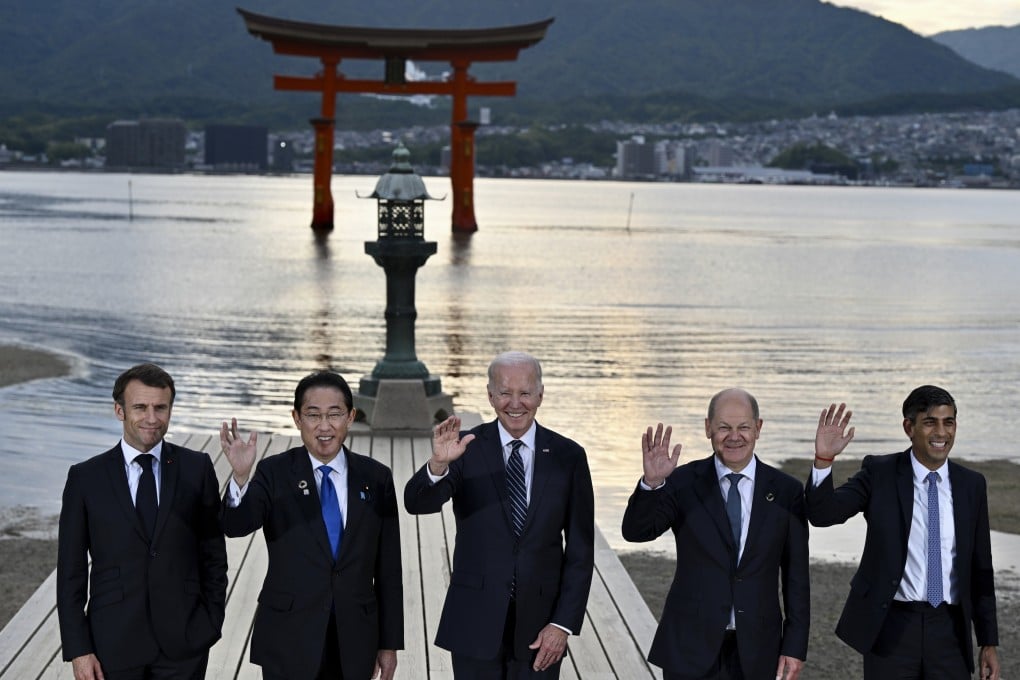Advertisement
Opinion | Decoupling from China: the only question is how far the West will go
- EU leaders may refuse to recognise it, but decoupling from China has already started – the severance of economic ties is a core component of any ‘de-risking’ policy
- The ‘de-risking’ debate in Western nations is really about how far to take decoupling before they try to end it
Reading Time:3 minutes
Why you can trust SCMP
40

European leaders continue to repeat that they do not want to see a decoupling from China. Instead of cutting off trade and investment, they insist they can rid themselves of economic vulnerabilities through a “de-risking” policy.
But the idea that a decoupling process can be avoided is misguided. The severance of economic ties is a necessary component of any de-risking strategy, and decoupling is already happening. The earlier the European Union can come to terms with this reality, the better.
Since European Commission president Ursula von der Leyen launched the term “de-risking” to describe the EU’s policy towards China, the concept has been adopted by both the United States and the G7.
Western governments seem to agree on the goal: they want to reduce their exposure to security risks inherent in economic exchanges with China. How to get there, however, is a different story. There is widespread disagreement about the scope and focus of the policies, including America’s new rules to screen investments into China.
Despite such differences, “de-risking” took root in the West. This was partly because the strategy was framed as a means to prevent decoupling – a scenario that all parties express a desire to steer clear of. But what exactly is decoupling?
Leaders in America and Europe tend to portray decoupling as a disastrous endpoint where economic exchange with China has been cut off completely. But decoupling does not have to signify an absolute end-state, nor does it have to be dramatic.
Advertisement
